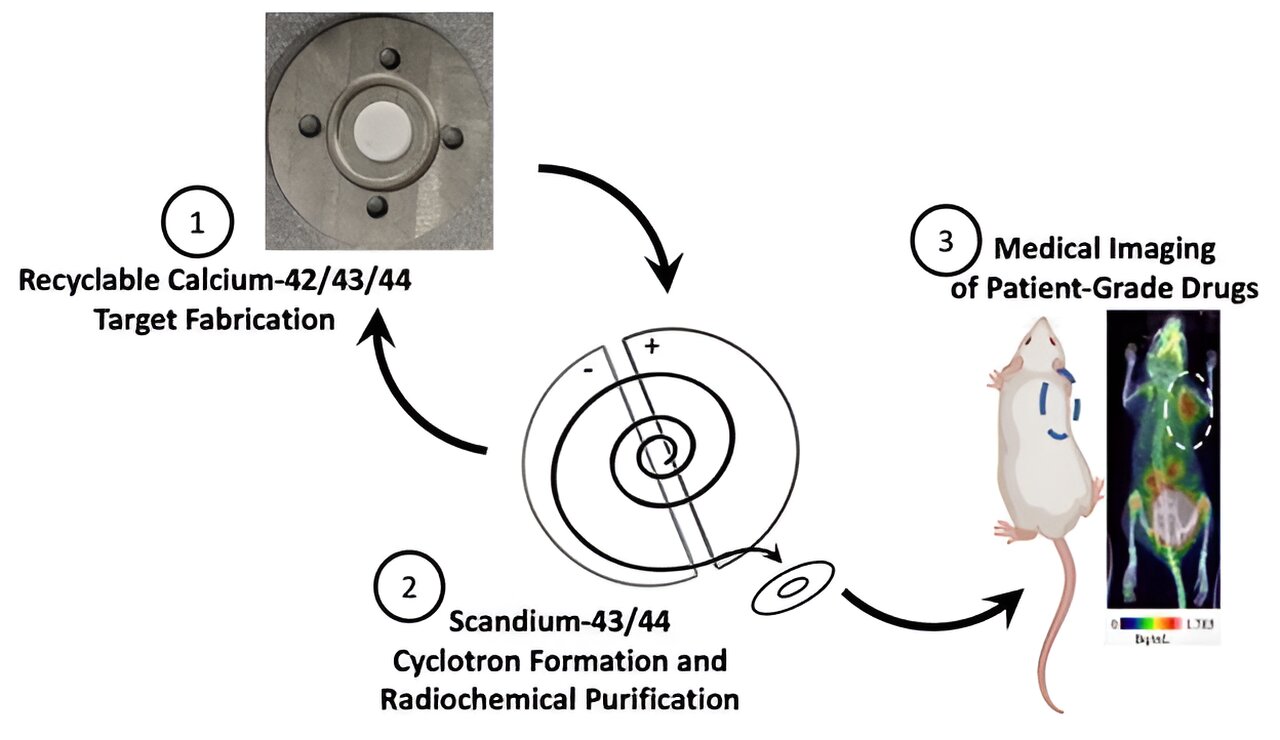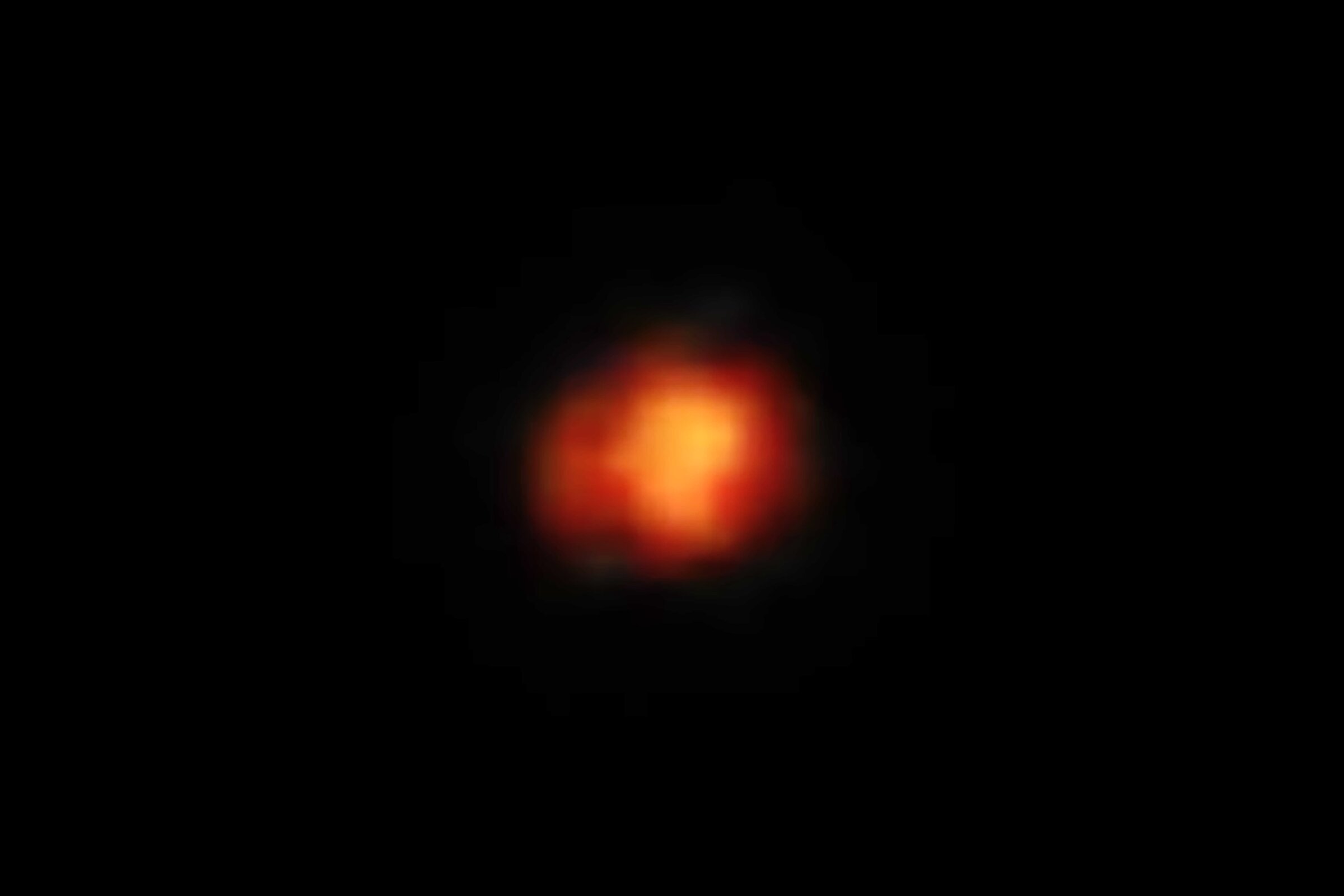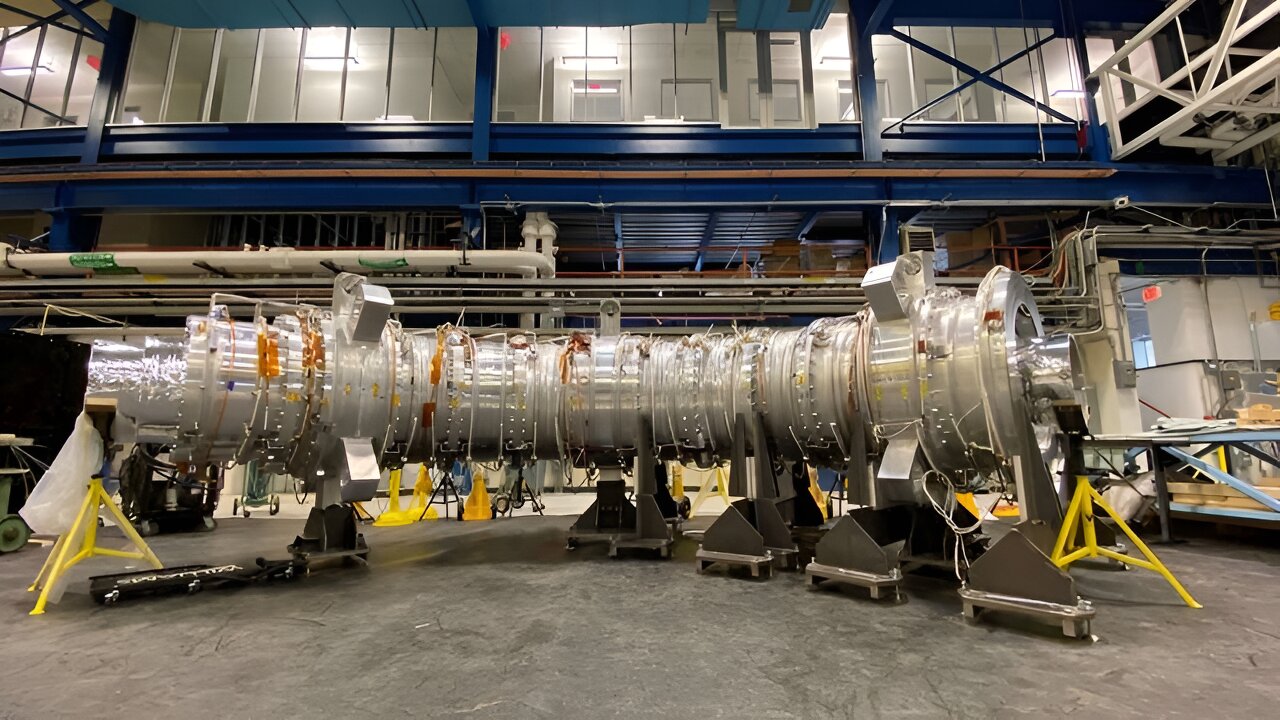Did you know that scandium radioisotopes have the potential to revolutionize medical imaging? These isotopes could be used in positron emission tomography (PET) scans to detect cancer. However, their production has been a challenge due to the difficulty of obtaining the necessary amounts and purities for human use. The good news is that a recent study has found a solution!
Published in the journal Frontiers in Chemistry, this groundbreaking research focuses on the development of accelerator targets for scandium. These targets have the ability to produce enough radioactive scandium for multiple PET assessments in human patients. What’s more, the process boasts an impressive 95% efficiency in recycling the calcium target material.
Pairing diagnostic and therapeutic drugs, known as “theranostics,” is a promising approach in disease management, especially for conditions like cancer. Scandium-43 and scandium-44 are two isotopes that show great potential in theranostic medicine when paired with therapeutic scandium-47. However, their production has been hindered by the high cost of titanium and calcium starting materials, as well as the challenging irradiation and chemical processing required for isolation.
Fortunately, this study presents sustainable methods that address these limitations. Researchers at the University of Wisconsin, Madison investigated five nuclear reactions that produce scandium-43 and scandium-44 through proton and deuteron irradiation of calcium oxide accelerator targets. By using commercially available targets enriched in calcium isotopes, they achieved impressive yields and purities. For example, irradiating calcium-44 with protons resulted in 120 millicuries of scandium-44 in just one hour, with a purity of over 99.7%. Additionally, the researchers developed processes to purify scandium and recover the expensive calcium target materials, making them more sustainable for use in modern hospitals.
The scandium-43 and scandium-44 radioisotopes produced in these reactions are pure enough to be used as radioactive drugs for targeting cancer. In fact, their resolution and quantitative performance in PET scanners surpass the current clinical standard of care radiometal isotope gallium-68.








